As cryptocurrencies rise in popularity, GPU mining has become a crucial method for many miners to obtain Bitcoin, Ethereum, and other digital currencies. However, GPU mining is not without its risks and costs. For new miners, understanding the basic principles of GPU mining and its potential drawbacks is essential.
What is GPU Mining?
GPU mining involves using graphics cards (GPUs) to mine cryptocurrencies. Through a "Proof of Work" (PoW) algorithm, miners' GPUs continuously perform complex mathematical calculations to solve specific hash problems. The first one to solve it receives cryptocurrency as a reward. Although it sounds simple, this process requires high-intensity computation, putting significant strain on the GPU.
The Costs of GPU Mining
While GPU mining can lead to substantial rewards, it also comes with its fair share of costs:
-
GPU Damage
Continuous high-load operation leads to GPU wear and tear. GPUs in mining farms often run 24/7, consuming a large amount of power and generating excess heat, which accelerates hardware aging and physical damage. The soldering points and physical structure of the GPU are especially vulnerable after prolonged overload use. -
Energy Consumption
The energy consumption of GPU mining is immense. For example, Bitcoin’s global network consumes as much electricity as all global data centers combined annually. This massive power demand not only raises operational costs for miners but also contributes significantly to environmental strain. -
The Price Trap of Mining Cards and Laptops
Many people assume that buying mining cards or laptops will save them money. However, these devices, under continuous high load, have a significantly shorter lifespan. Additionally, they often lack manufacturer warranties, meaning users must bear the costs of repair or replacement if issues arise. As a result, the long-term risks of mining cards and laptops are higher than expected.
Impacts and Future Trends
For individual users, GPU mining presents high risks and substantial maintenance costs. The lifespan of mining cards and laptops is limited, and their wear and tear can be much higher in a short period compared to regular use. Additionally, after Ethereum’s decoupling from GPU mining in September 2022, the mining efficiency of the RTX 40 series cards drastically dropped, which might confuse new miners. In the future, GPUs may gradually be used for AI graphic processing instead of crypto mining.
Conclusion
GPU mining remains a valuable learning tool, but for those serious about BTC solo mining or setting up a Bitcoin lottery miner, specialized hardware is the next step. Lucky Miner combines high Hash Rate, controlled Power Consumption, and a robust Cooling System—making it the Best solo lottery miner choice for European and American enthusiasts who demand reliable, high-performance Crypto Mining Hardware.




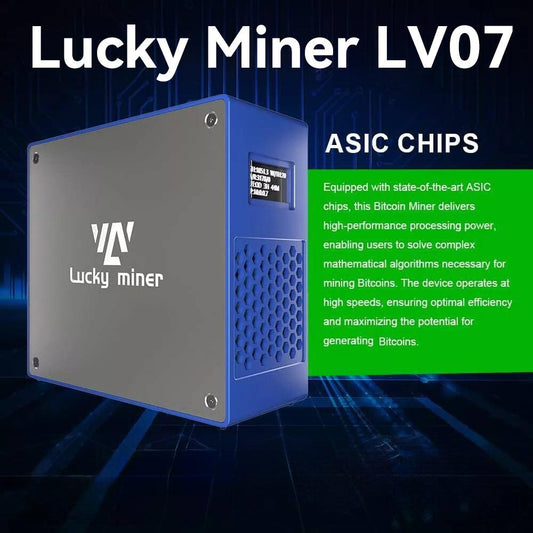
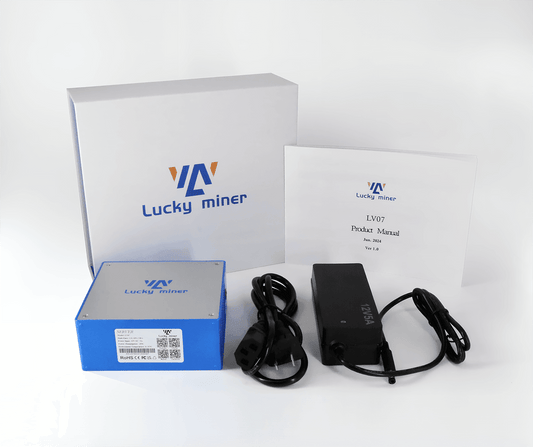
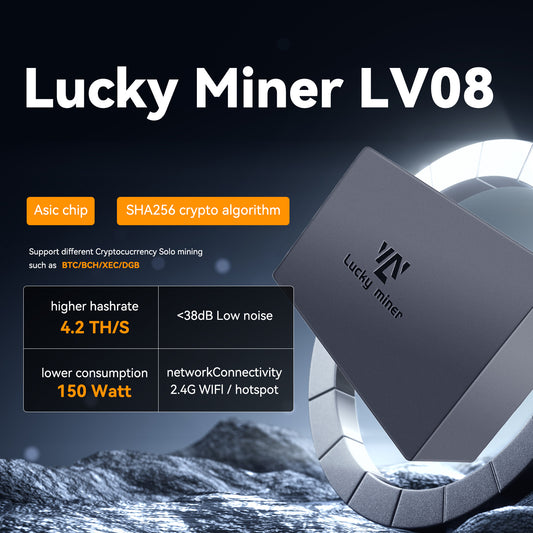
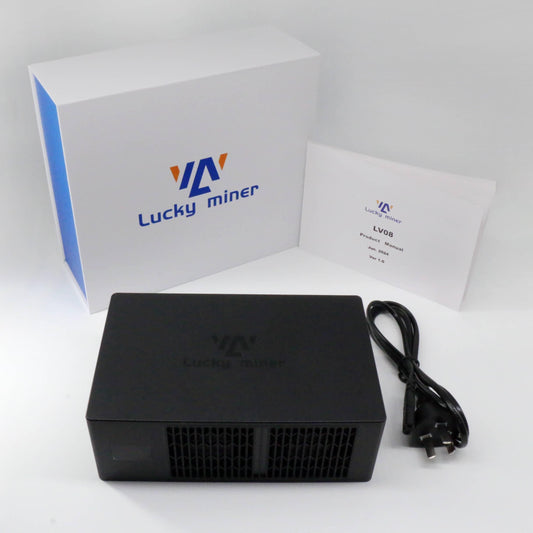



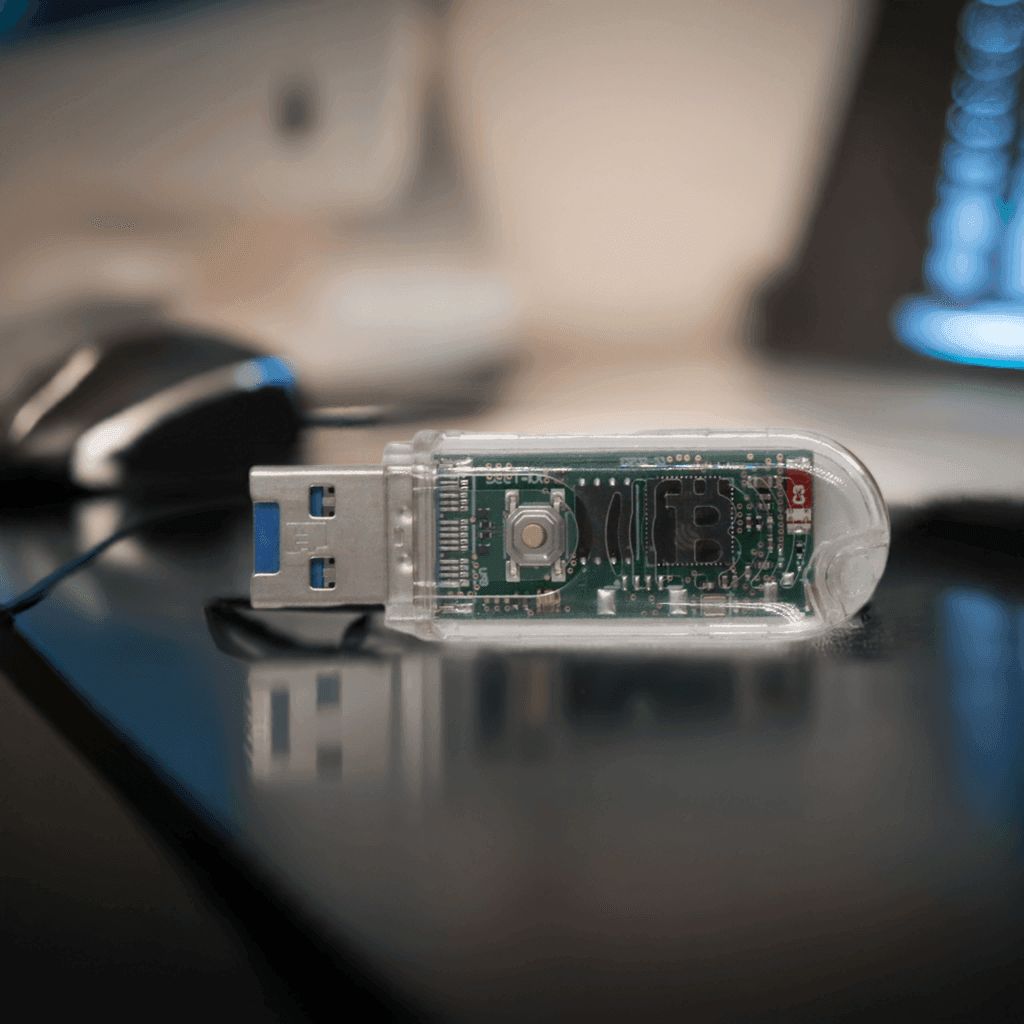
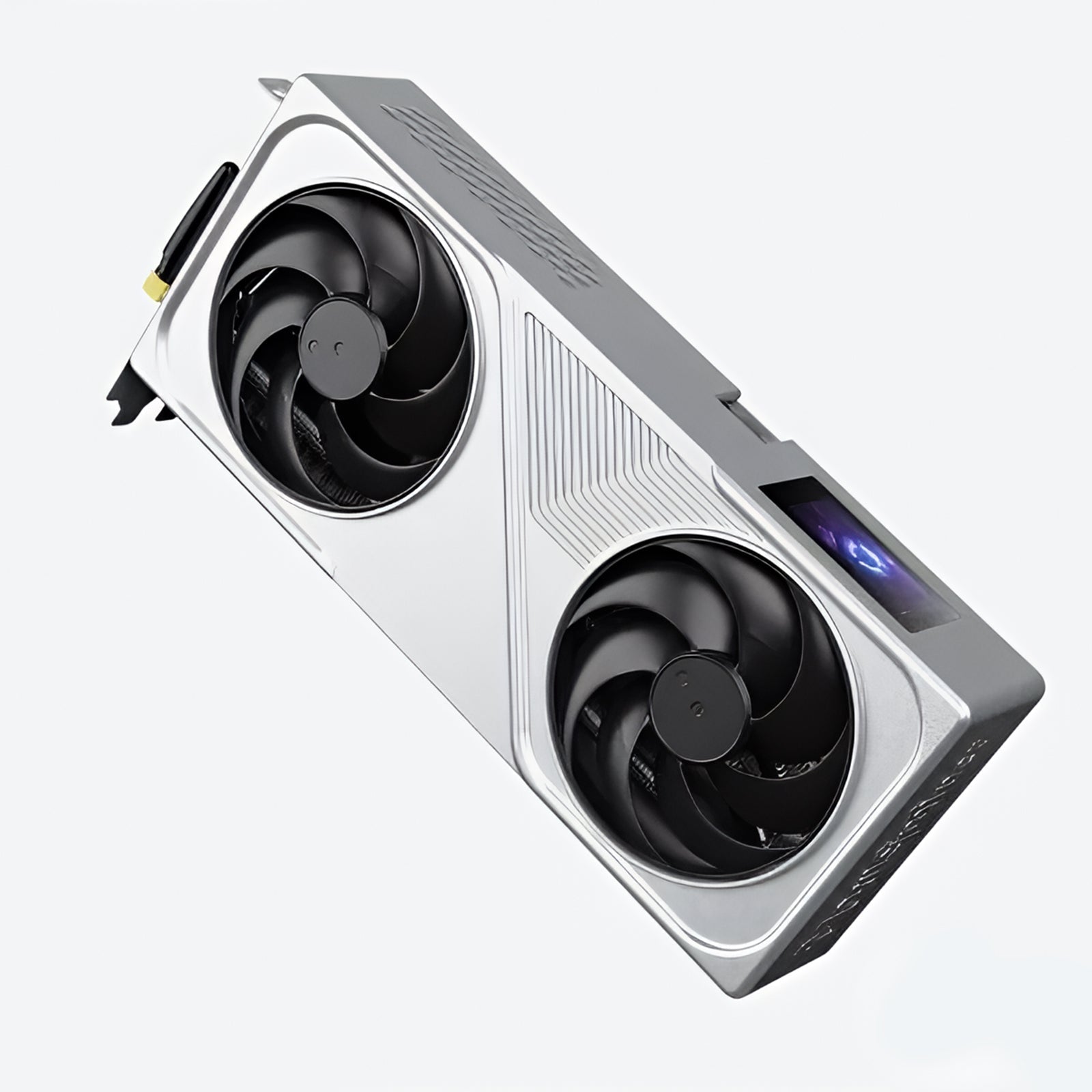



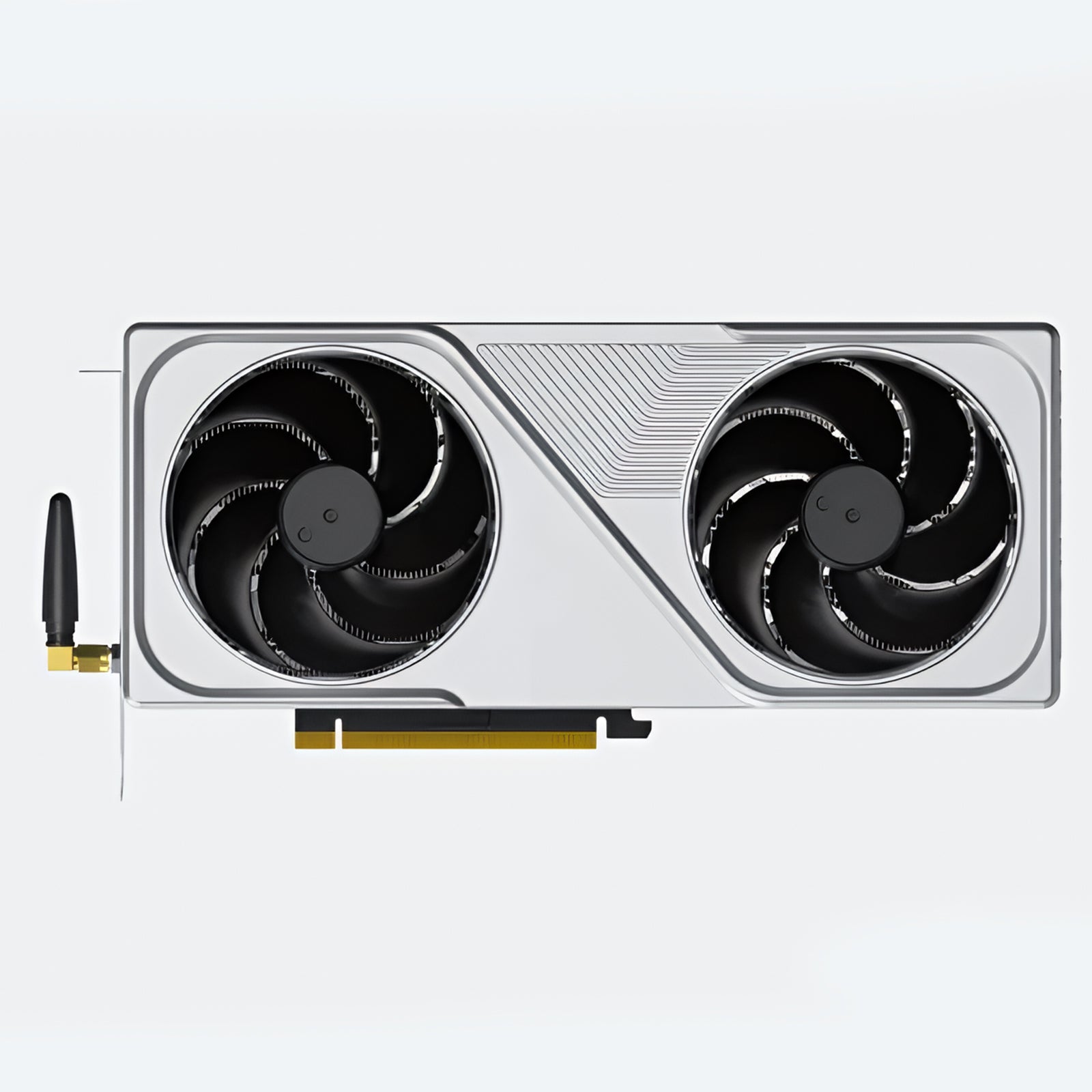


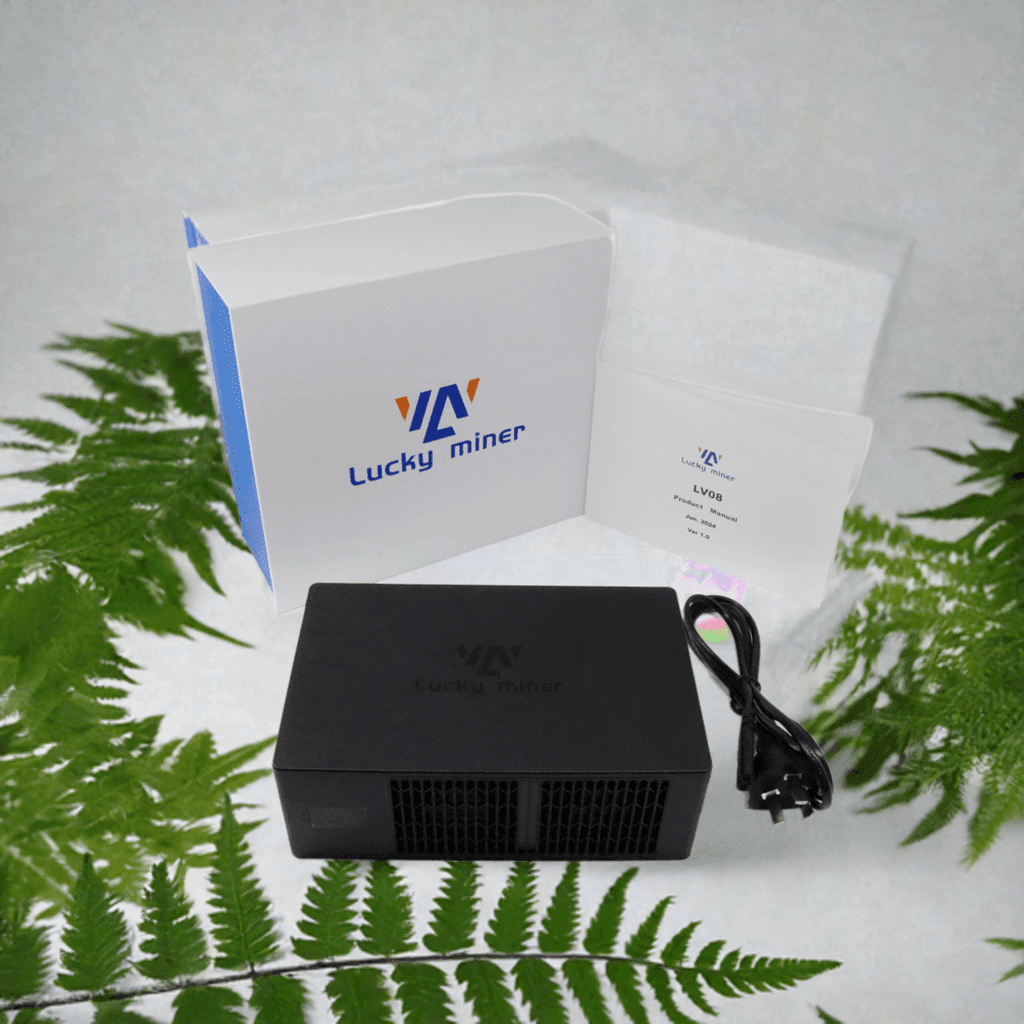
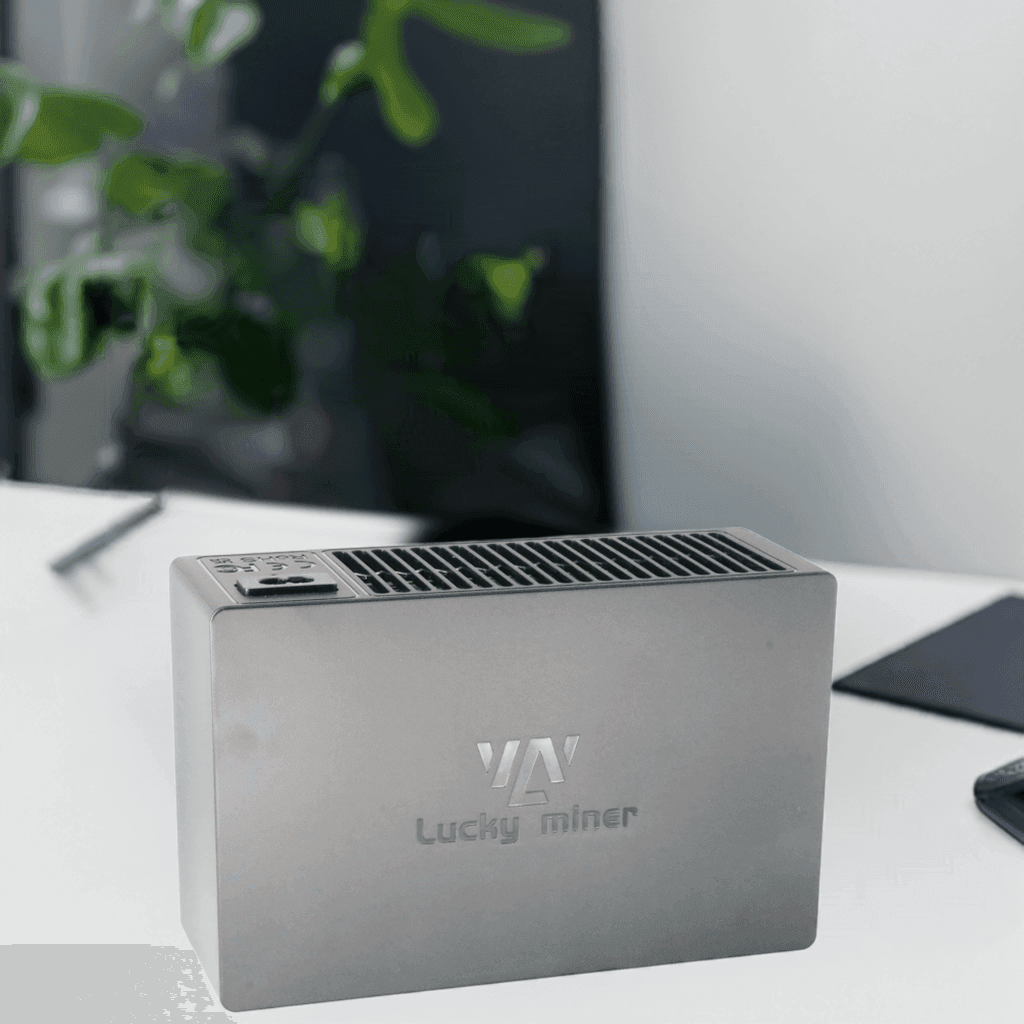
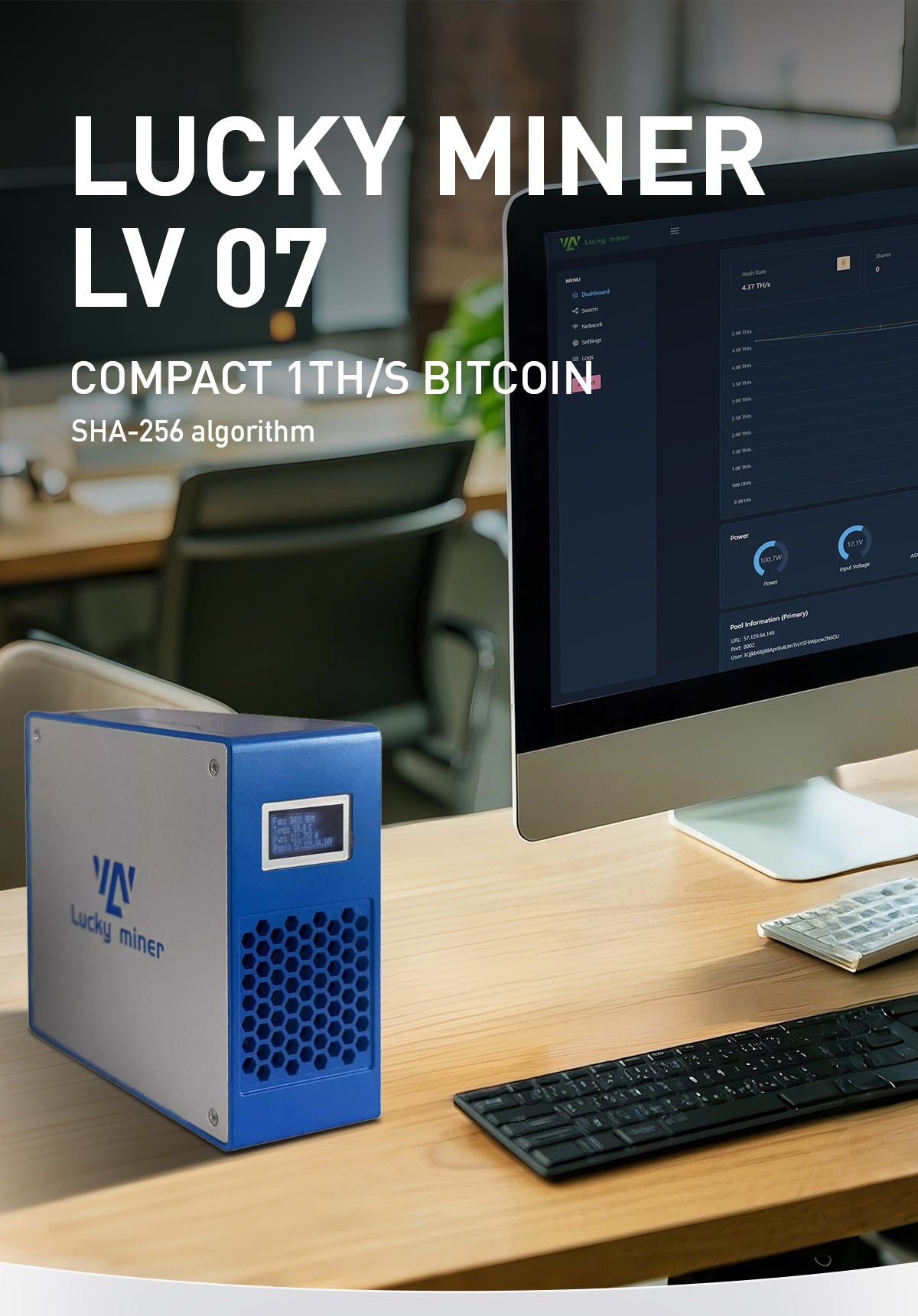
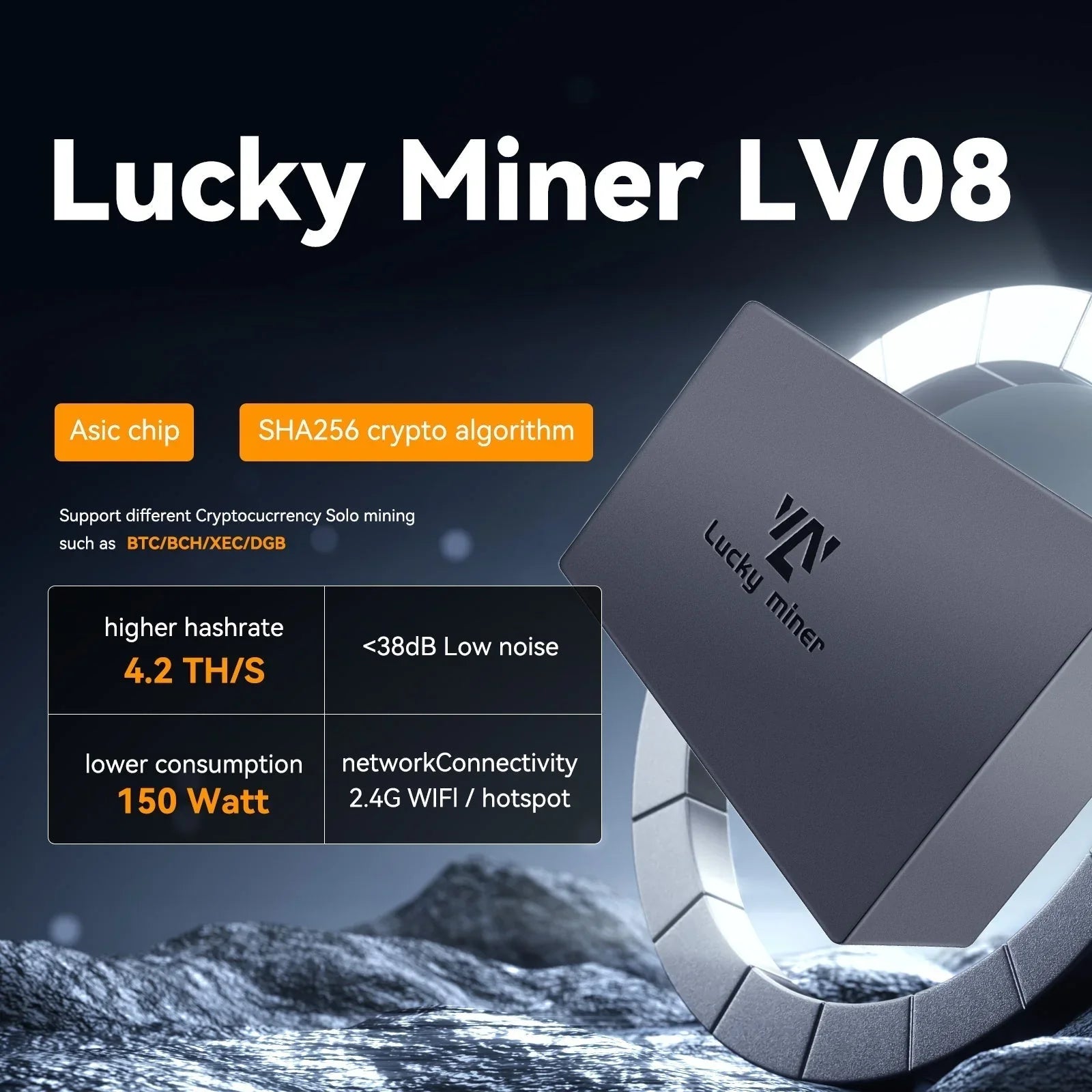

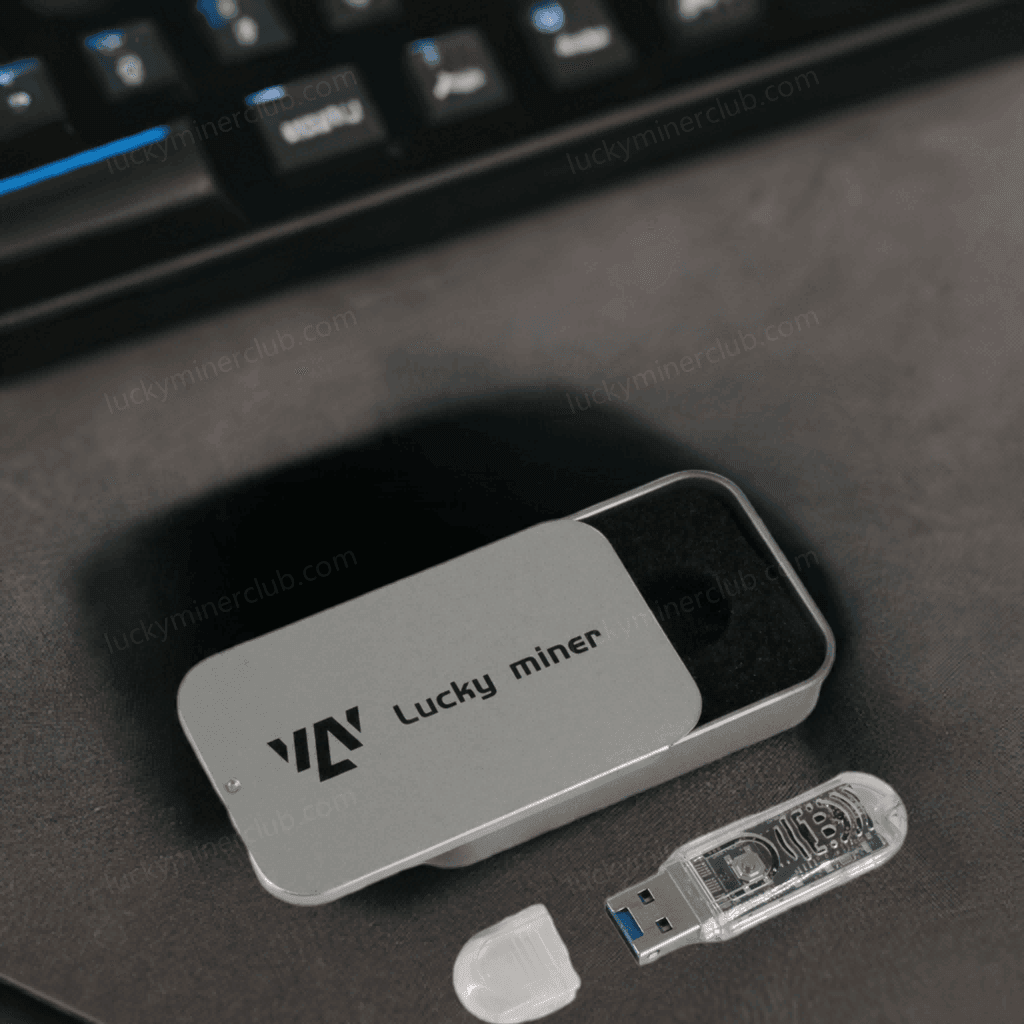
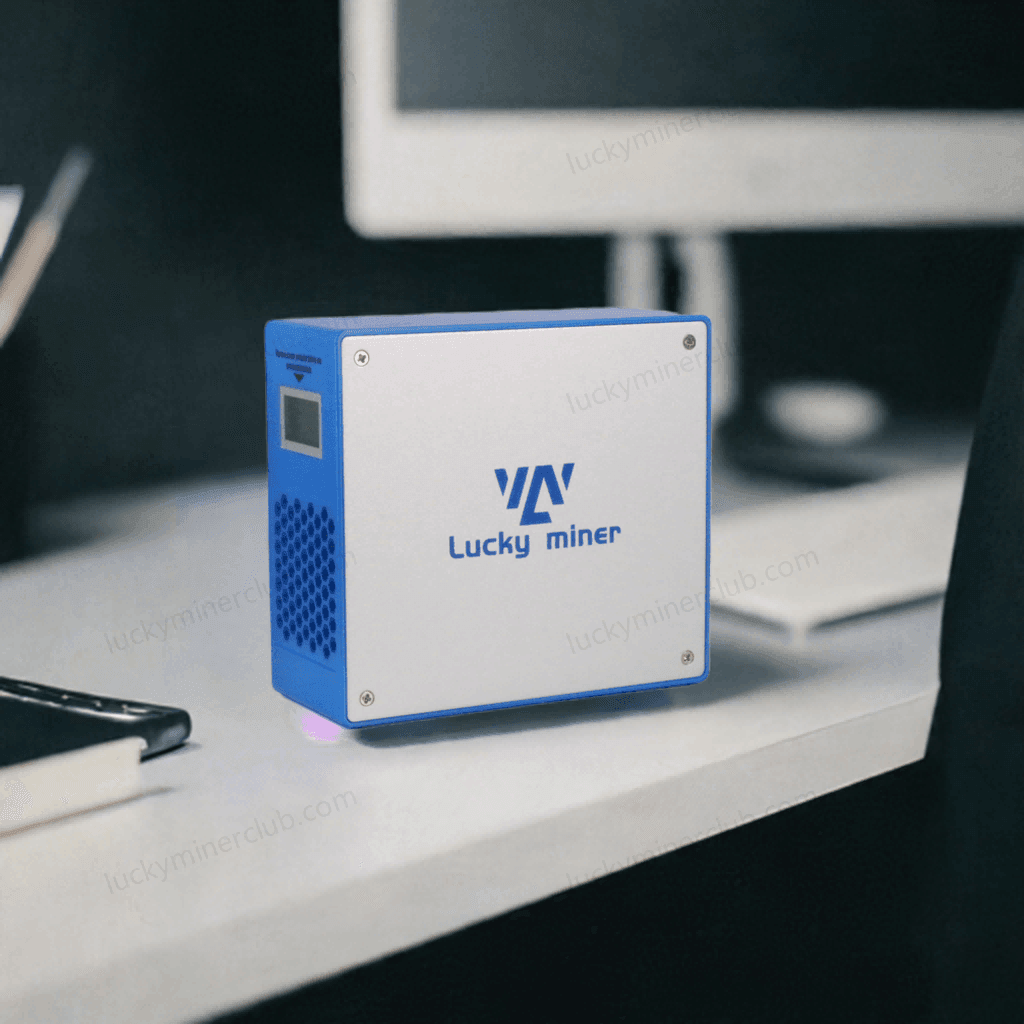
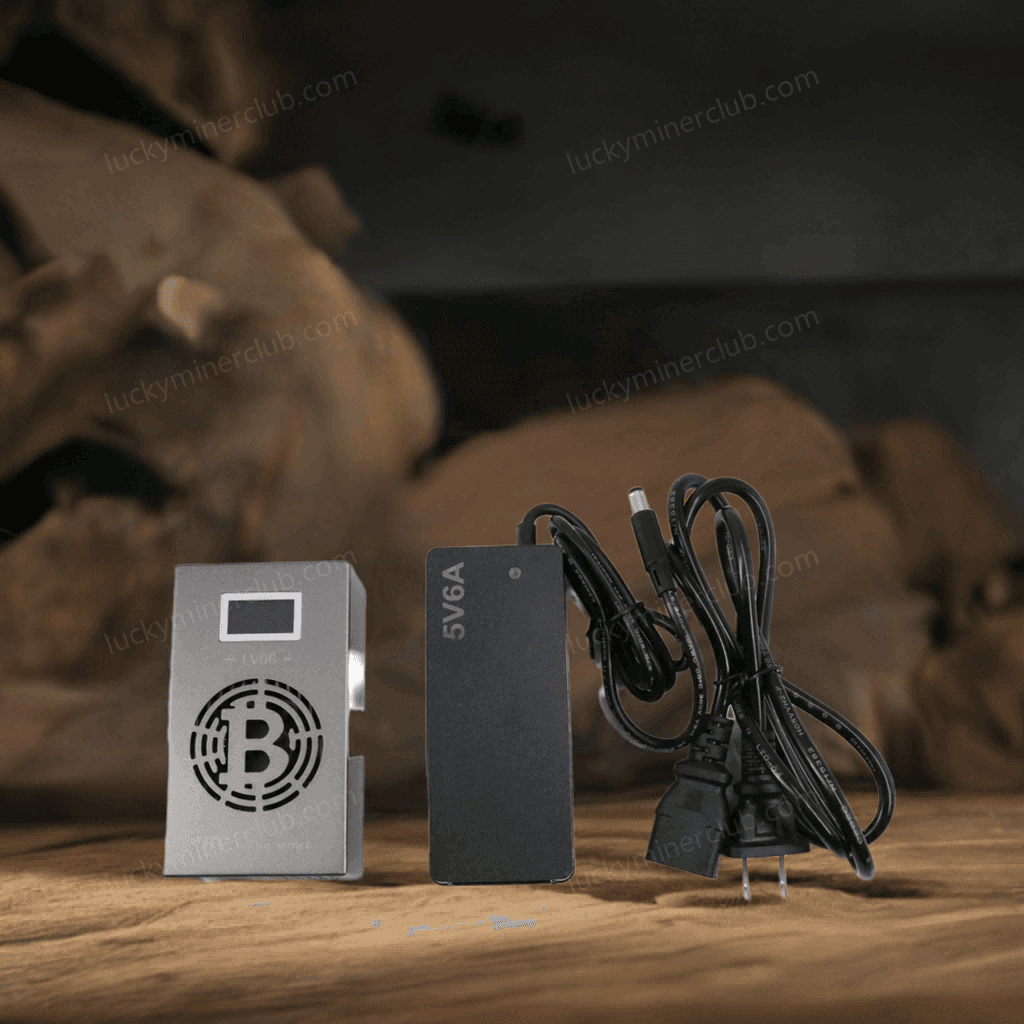

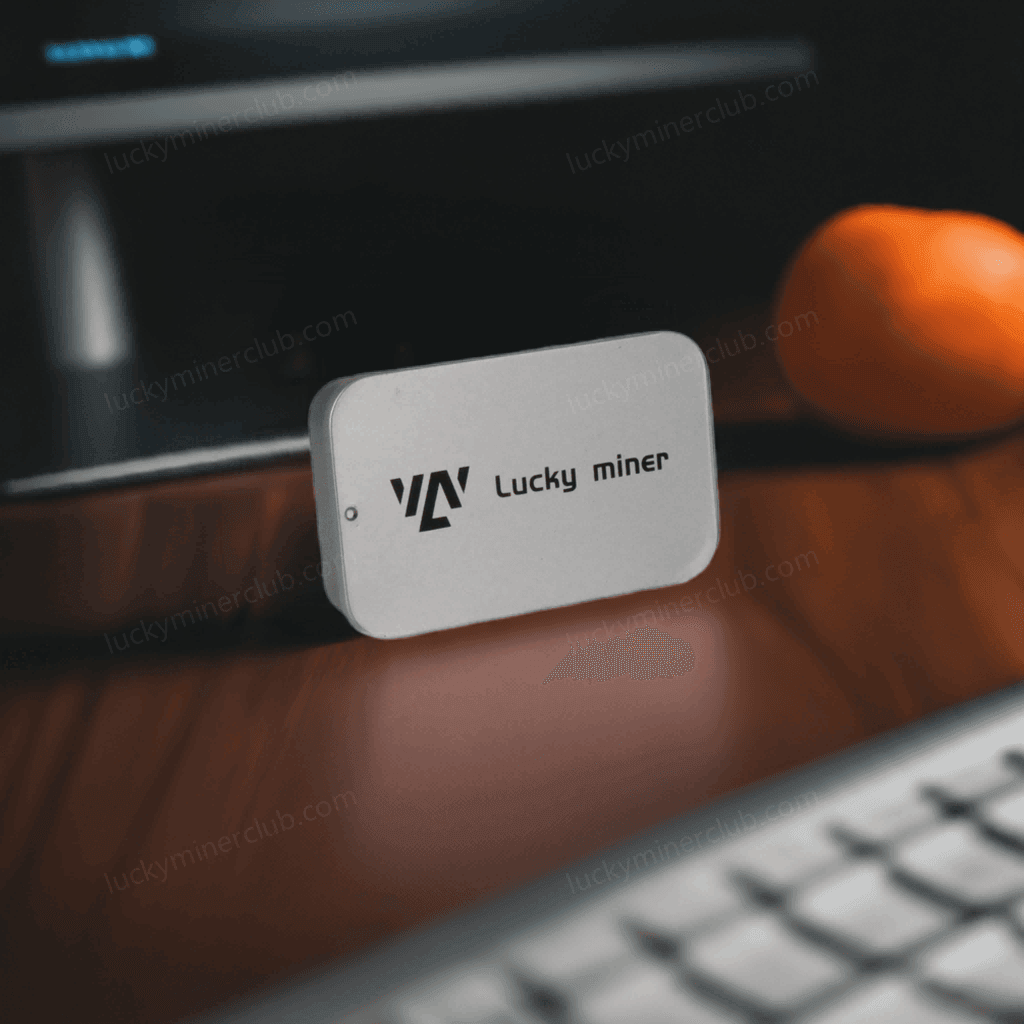
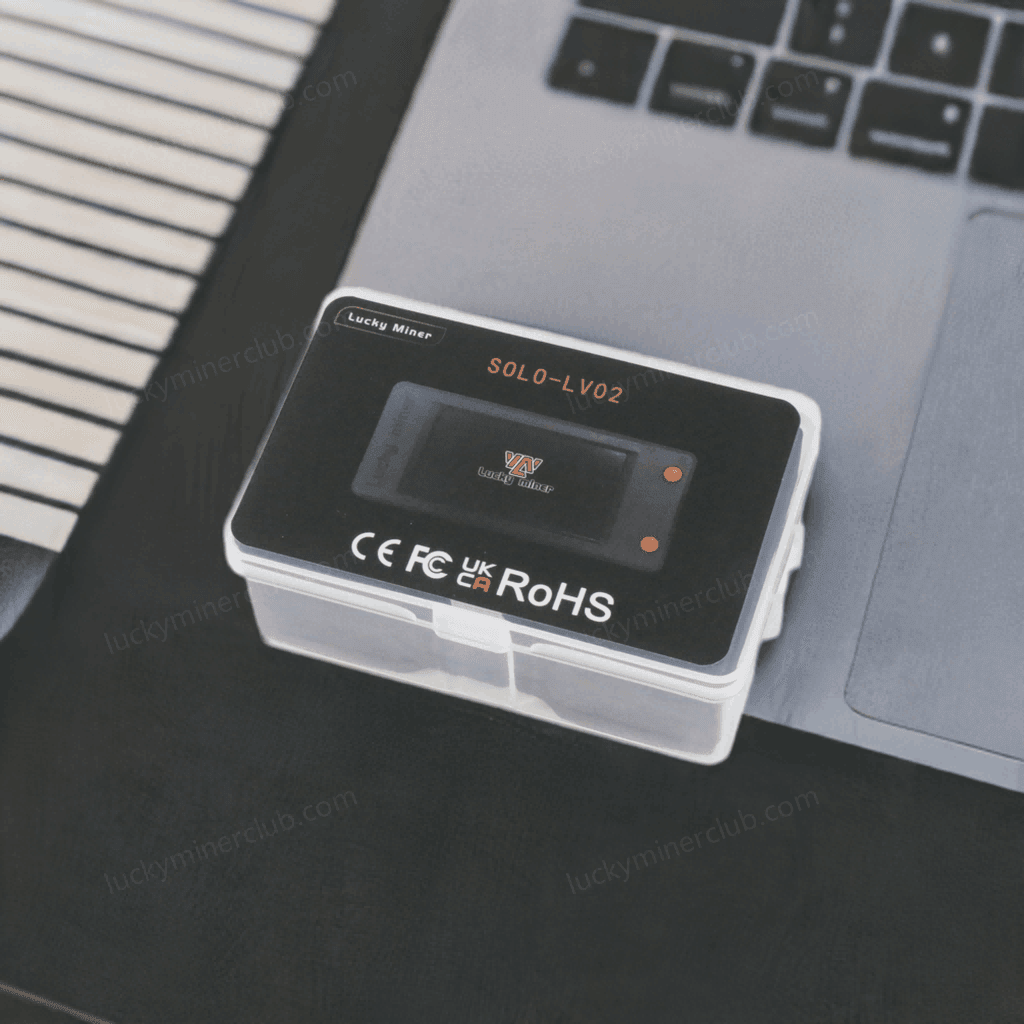
Leave a comment